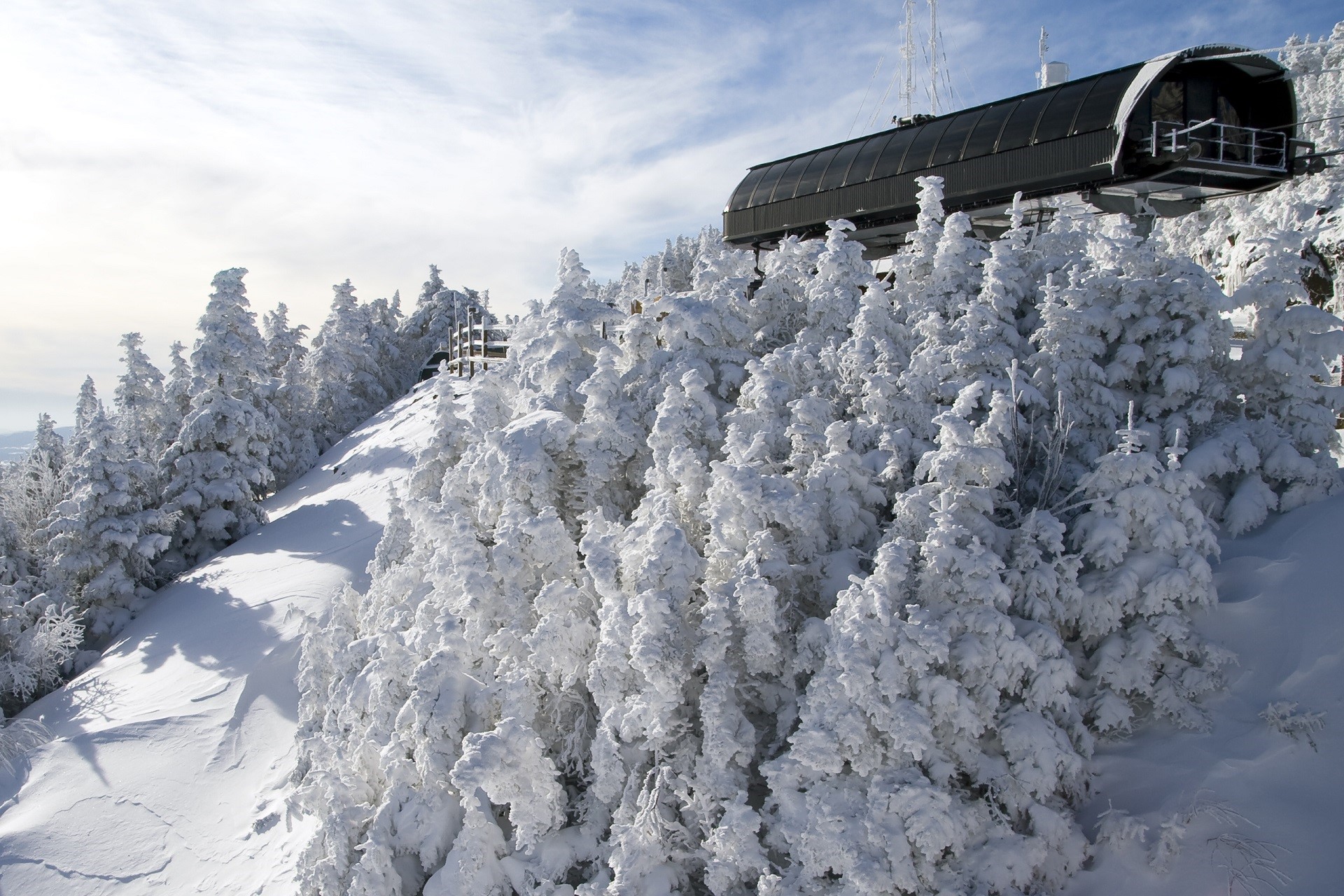

Construction is projected to begin next spring.Set in the heart of the Green Mountains of central Vermont, Killington Ski Resort is the largest ski area in the eastern United States and offers the largest vertical drop in New England at 3,050 feet (930 meters). Townspeople must vote on approving a bond to take on the initial debt. The Vermont Economic Progress Council’s approval of Killington’s TIF district is only one step in the ongoing effort. The first phase of the TIF buildout will involve connecting municipal water to the Six Peaks Killington development, a proposed development of condos, duplexes and single-family homes centered around the resort. Land in the village area is primarily owned by SP Land Company and Killington Resort.

Advocates for Killington’s TIF project believe the infrastructure investment will support current and future growth. Killington will use 85% of its TIF-generated municipal property tax increases and 70% of its education property tax increases to pay off the debt it incurs to finance the infrastructure improvements.īetween 20, Killington’s population increased by over 73%, one of the fastest rates in the state, and an outlier in Rutland County, which saw an outflow of residents in the last decade. Presenting the findings from a review of Killington’s application, Angie Farrington, the council’s program manager, said the proposal is projected to create 275 jobs in the TIF district.

“I think it represents a lot of constructive thought and analysis - and reanalysis - over the last six months.” “This is not a day that came lightly or easily,” Stephanie Clarke, vice president of White + Burke, said at Thursday’s Vermont Economic Progress Council meeting. The town has partnered with White + Burke Real Estate Advisors, a Burlington-based firm, in the application process. The renovations will include expanded sidewalks, bike lanes, bus pullouts, and other improvements needed to streamline the increased use imagined as a result of the TIF buildout. Second, Killington Road, which shuttles visitors from Route 4 up to the mountain, will be rebuilt. Two new wells already exist along Route 4 - about 1,000 vertical feet below Killington’s village - and TIF funding will create a municipal water system that allows access to the Route 4 wells at the top of Killington Road, near the base of the mountain. First, a lack of municipal water service has made development near Killington Resort expensive. Killington’s TIF application proposes two primary infrastructure problems that the town hopes to solve through the TIF program. The council also encouraged Killington to consider alternative state and federal sources of funding to decrease the town’s overall debt. In its approval motion, the council stated that the decision “is considered partial,” as the town must continue to report on the financial viability of the project, as well as other criteria, such as the jobs created. “Since the 1980s, plans to construct a ski village at the base of the Resort have been thwarted for a variety of reasons, primarily the significant initial infrastructure investment required to launch,” reads the town’s application, noting that Killington’s property values have decreased in the last decade. Killington Resort is one of Vermont’s largest ski areas, yet efforts to modernize its village area have sputtered for decades.


 0 kommentar(er)
0 kommentar(er)
